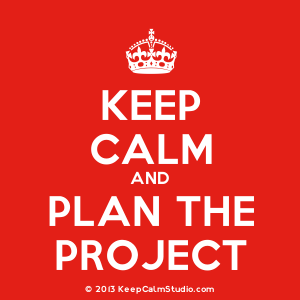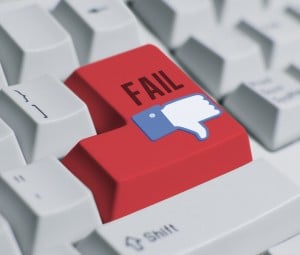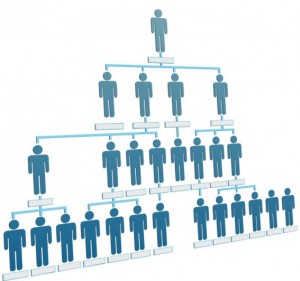Project management is not a new subject to me. It is part of my job and has been a subject that has been touched upon throughout my years of studies in university and professional courses. Project management is a fascinating subject to learn about and work with. The main reason for my fascination in project management is that it’s a never ending learning experience. This is due to the different nature of each project I deal with. Each project needs a certain style and techniques that need to be used hence you can never get bored. There is no one style fits all idea in project management, it’s a challenge by itself to find the style and techniques that best fit the project. Throughout the years I have found that every time the subject of project management is touched upon I learn something new, even though most of what is discussed has become somewhat common knowledge to people in the same field.
To be a successful project manager and lead successful projects or events there are many factors that have to be taken into account like organization, task delegation, time management, effective team management, etc… All these differ in importance depending on the nature of the project itself. In our MGT 598 class we were asked to plan a charity event to raise funds for a certain charity. Challenges immediately emerged for every group. But there was one challenge that was shared by all groups, time. The time management in this project was crucial. All the teams did not have much time to plan, organize and implement their plans. No team could afford a single mistake. In essence the whole project relied on time management; it could be considered as one of the main deciders of the successfulness of the project.
In my opinion in almost every project that I have encountered the main and most important challenge is time management. In almost all the projects all the other factors tie into the time. A solution or problem in any of the other factors may result in a direct effect in the duration of the project, either speeding it up or delaying it. In addition mistakes done in the other factors can be rectified or changed but when it comes to time you can’t change it. As one of my colleagues mentioned in class, everything can be bought or changed except time; it cannot be bought back once it is lost.





